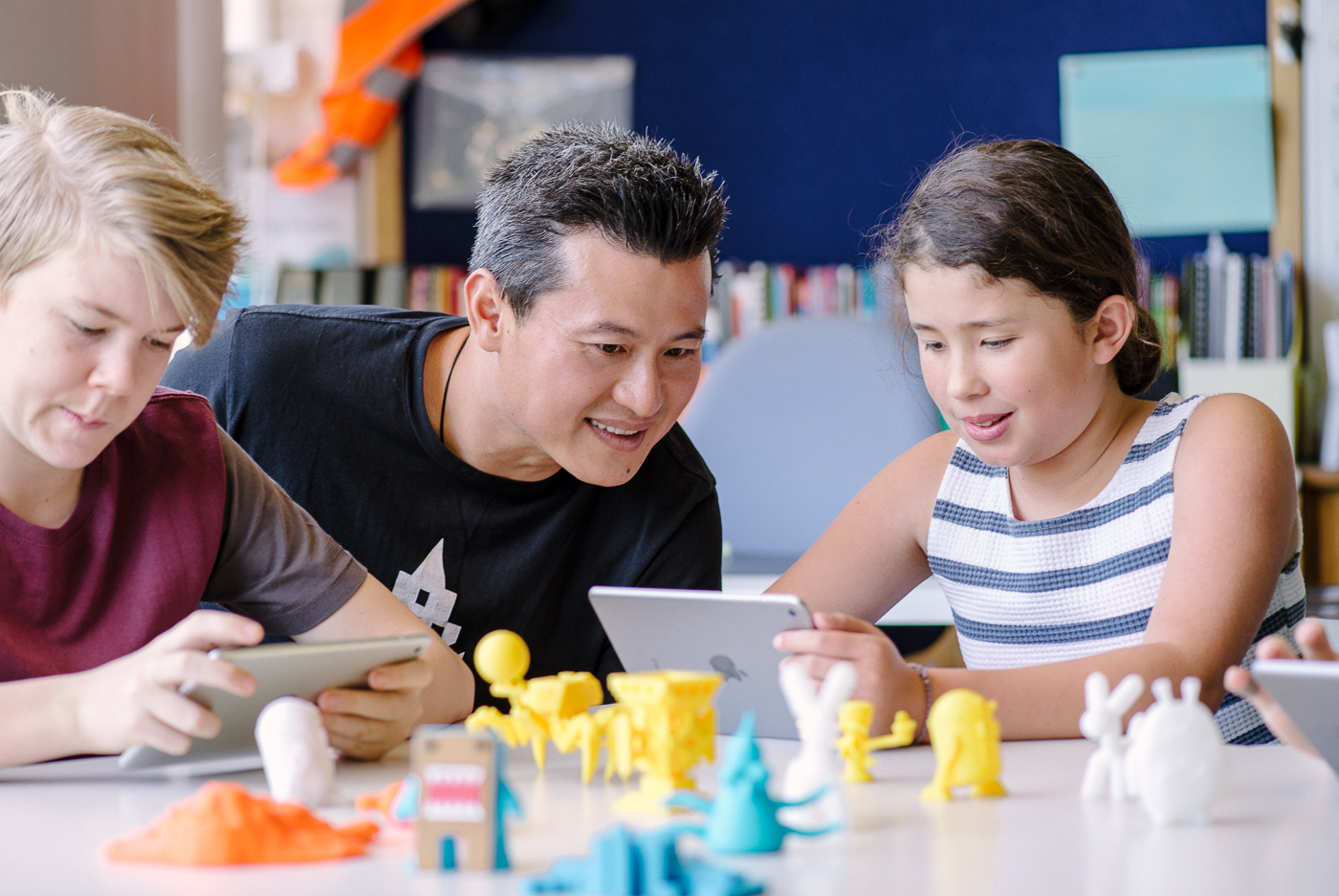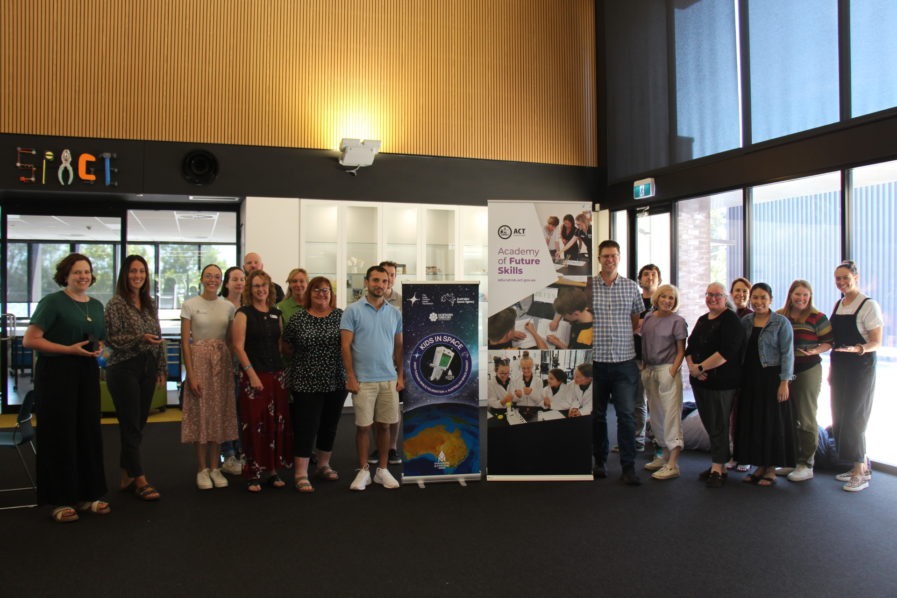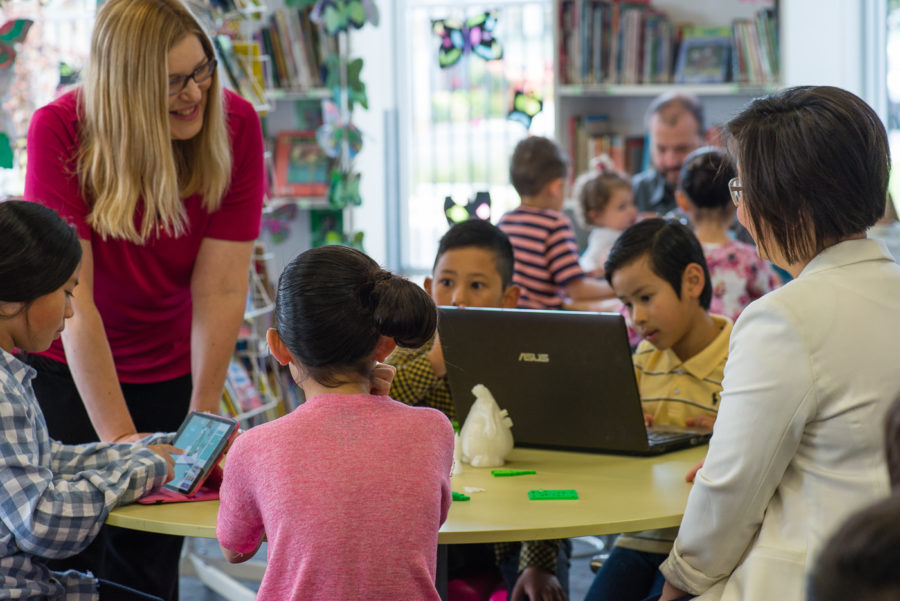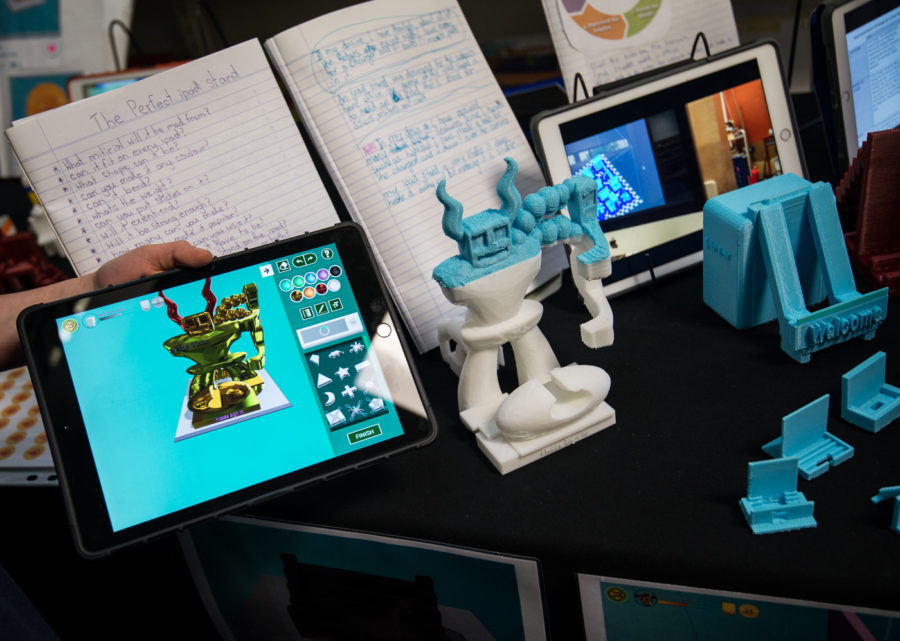At Makers Empire, we support students through every phase of the design thinking process.
Our 3D design software is the perfect place for students to bring their ideas to life, to create prototypes and to test out new ways of making things. We want students to be able to generate many new ideas so that they have plenty to choose from as they move on to testing their ideas and making 3D designs.
Here are 10 of our favorite strategies for generating new ideas:
1. Putting heads together
According to the old proverb ‘, two heads are better than one’, we can produce more together than we can alone. Many strategies for uncovering new ideas involve students working in groups. Try mixing up the way you group students so they have opportunities to share ideas and hear ideas from multiple people and ways of thinking.
2. 100 ideas in 10 minutes
One of our favorite group strategies for generating new ideas at Makers Empire is to challenge groups to come up with 100 ideas on a given topic or problem in ten minutes (or 50 ideas in 5 minutes). One group member writes down the ideas called out by other group members including themselves. Ideas are not to be commented on or justified- anything goes and all ideas are accepted. Persist with this strategy and keep it going for the full ten minutes. To begin with, students will call out the ideas that are already in their mind but we want them to go further and think of new ideas. After the obvious ideas have been exhausted, there will probably be an uncomfortable silence until someone suggests a new idea and the ideas start flowing across the group.
3. Mind mapping
Mind mapping is a great skill for students to develop to help them generate new ideas from a starting point, problem or topic and to find connections between ideas. Mind mapping is fantastic with large sheets of paper and colored pens but there are also some interesting online mind mapping tools.
4. Sketch it
Try asking students to sketch rather than write their ideas. Provide large sheets of paper and plenty of colored markers and pencils.
5. Ideas Wall
Allow new ideas to develop over time and over a wall. Pose a question or topic and stick it to a classroom pin-up board. Provide pads of sticky notes for students to add their thoughts as they occur. This is a great way to publicly share students’ thinking and for students to build on and be inspired by other’s ideas as well as generate their own.
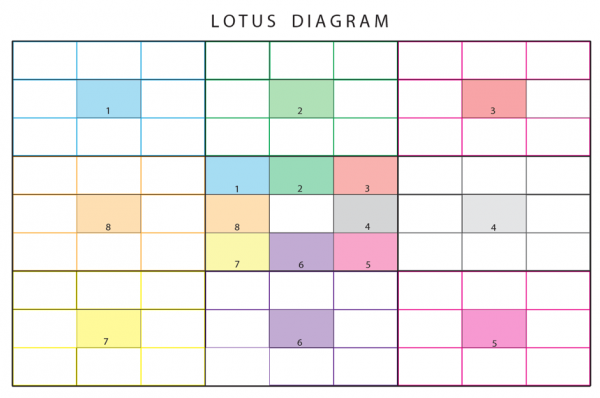
6. Lotus Diagram
The Lotus Diagram is one of our favorite graphic organizers for generating new and creative ideas. Start with a central idea and use the Lotus Diagram to break the idea into smaller ideas and then branch off with new ideas from these smaller ideas. Creative ideas will soon be blooming just like a lotus flower!
7. Snowball
Ask every student to come up with an idea about a given topic, problem or question and write it on a piece of paper. Students scrunch the piece of paper into a ball and throw it into the room. Each student then retrieves a ‘snowball’, being careful not to choose their own. Students unfold the snowball they have retrieved and read it to the rest of the class. This is a great way to include every student’s idea without students feeling self-conscious or embarrassed.
8. Build on it
Provide each group of students with a large piece of paper. The group writes one idea on the paper in response to a question or given topic. The paper is then passed on to the next group, who add another idea. This continues until each piece of paper has an idea written on it from every group and every group has had an opportunity to see the ideas of others.
9. Craziest ideas
Challenge students to think outside the square and come up with their craziest, silliest, most surprising ideas.
10. Let it brew
There’s a lot to be said for all this great group thinking but we also want time for students to reflect and think by themselves. Be sure to allow time for students to think on their own and let new ideas bloom.
AUTHOR BIOGRAPHY

Mandi Dimitriadis, DipT. is an experienced classroom teacher who recognizes the power of technology to enhance teaching and improve educational outcomes. Mandi has extensive experience with curriculum development and learning, having previously developed programs for the Australian Government’s Department of Education. She is passionate about Design Thinking and how best to prepare today’s students for the future.

